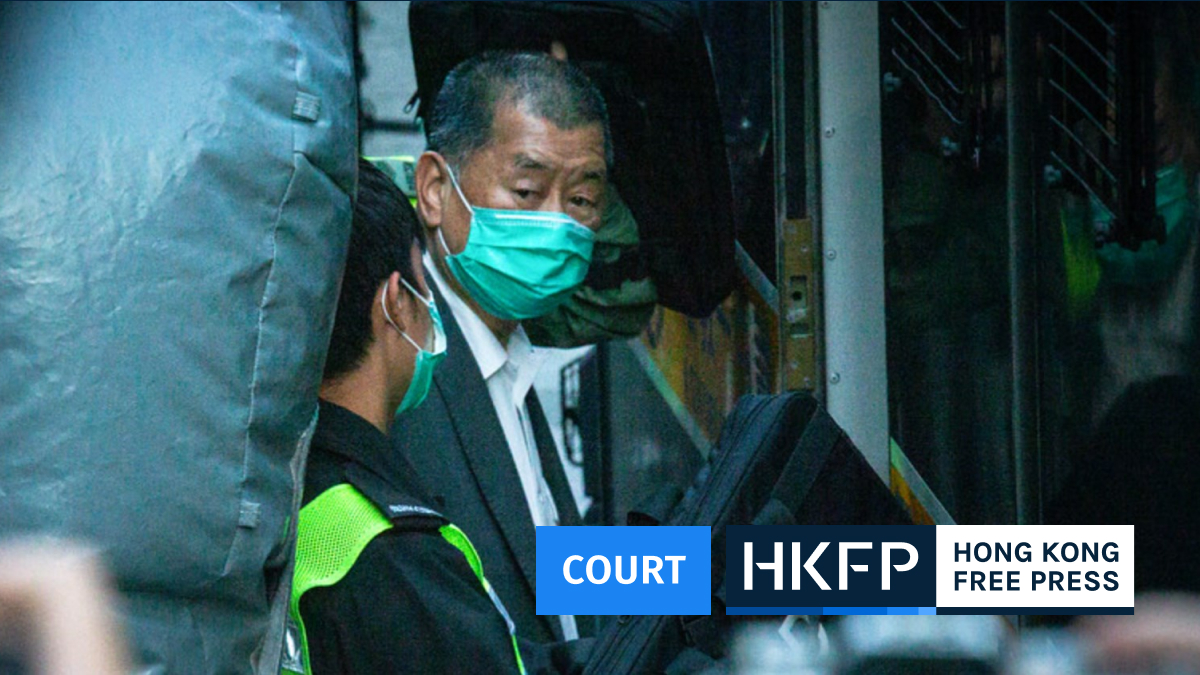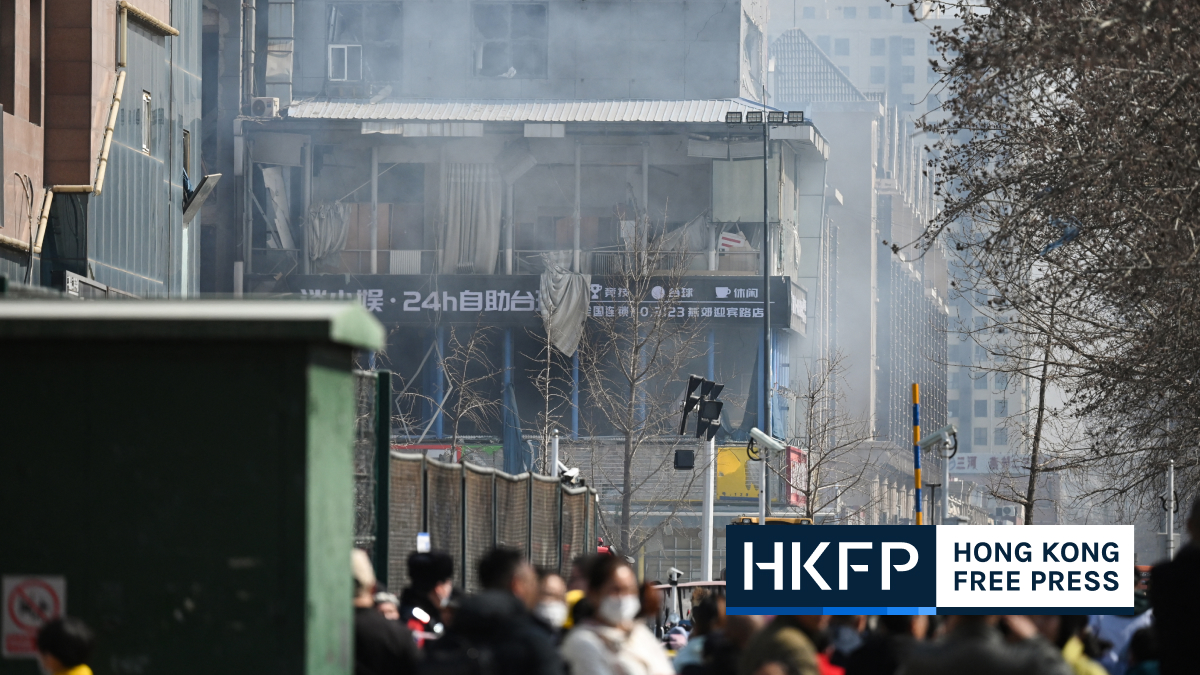Every winter, dozens of black-faced spoonbills, an endangered large wading bird species, fly a long way from the freezing north to enjoy a warm winter in Hong Kong.
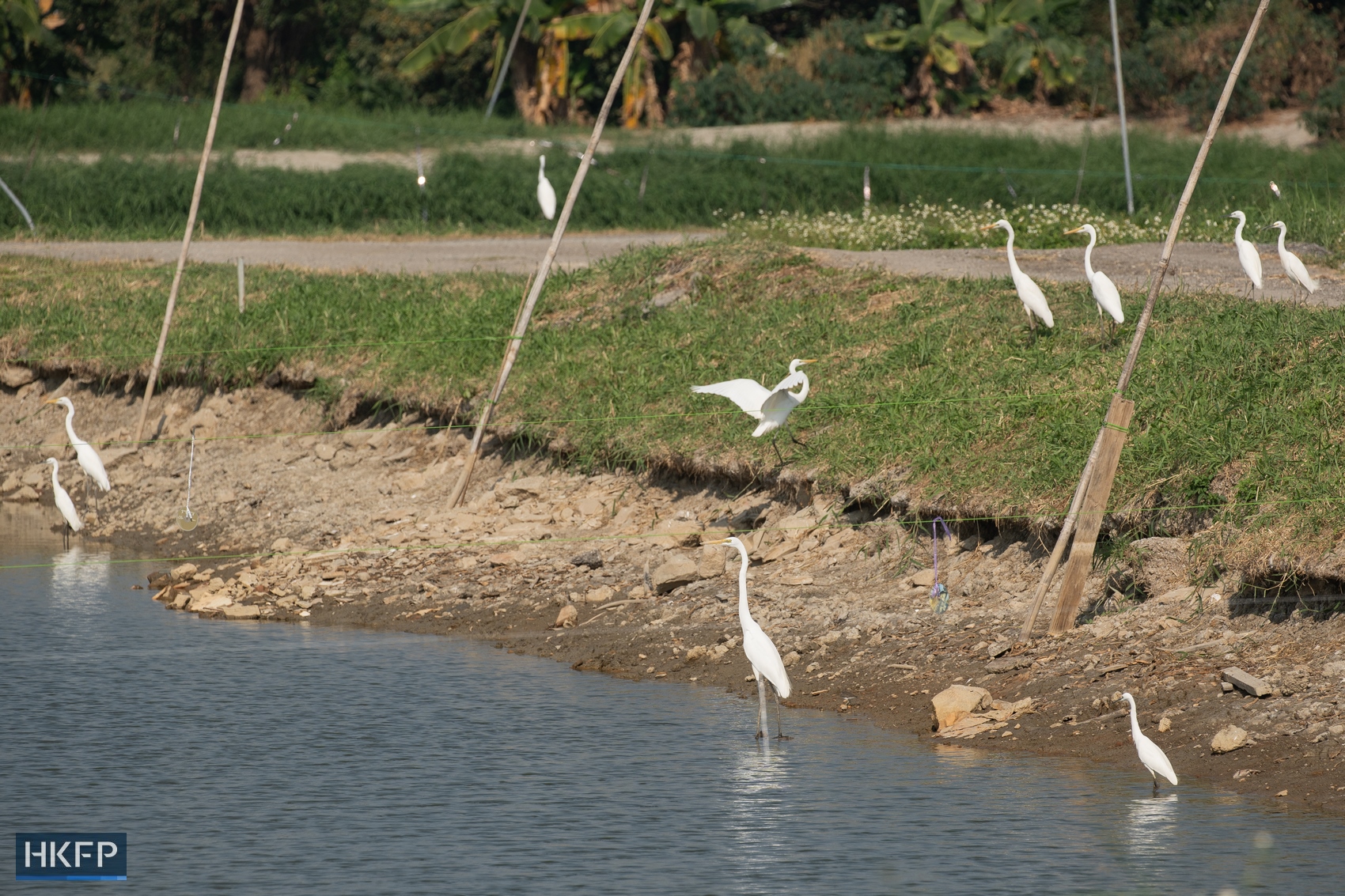
According to the Hong Kong Bird Watching Society (HKBWS), there were 78 black-faced spoonbills in the fishpond wetlands of San Tin in early 2023, accounting for nearly 30 per cent of the total population in the city. Currently, there are around 6,000 black-faced spoonbills in the world.
However, the migratory birds might not be able to find their winter habitat next year. San Tin, an area in the northwest of Hong Kong near the border with mainland China, will soon be redeveloped into a large-scale “technopole” – part of authorities’ ambition to build Hong Kong’s Silicon Valley.
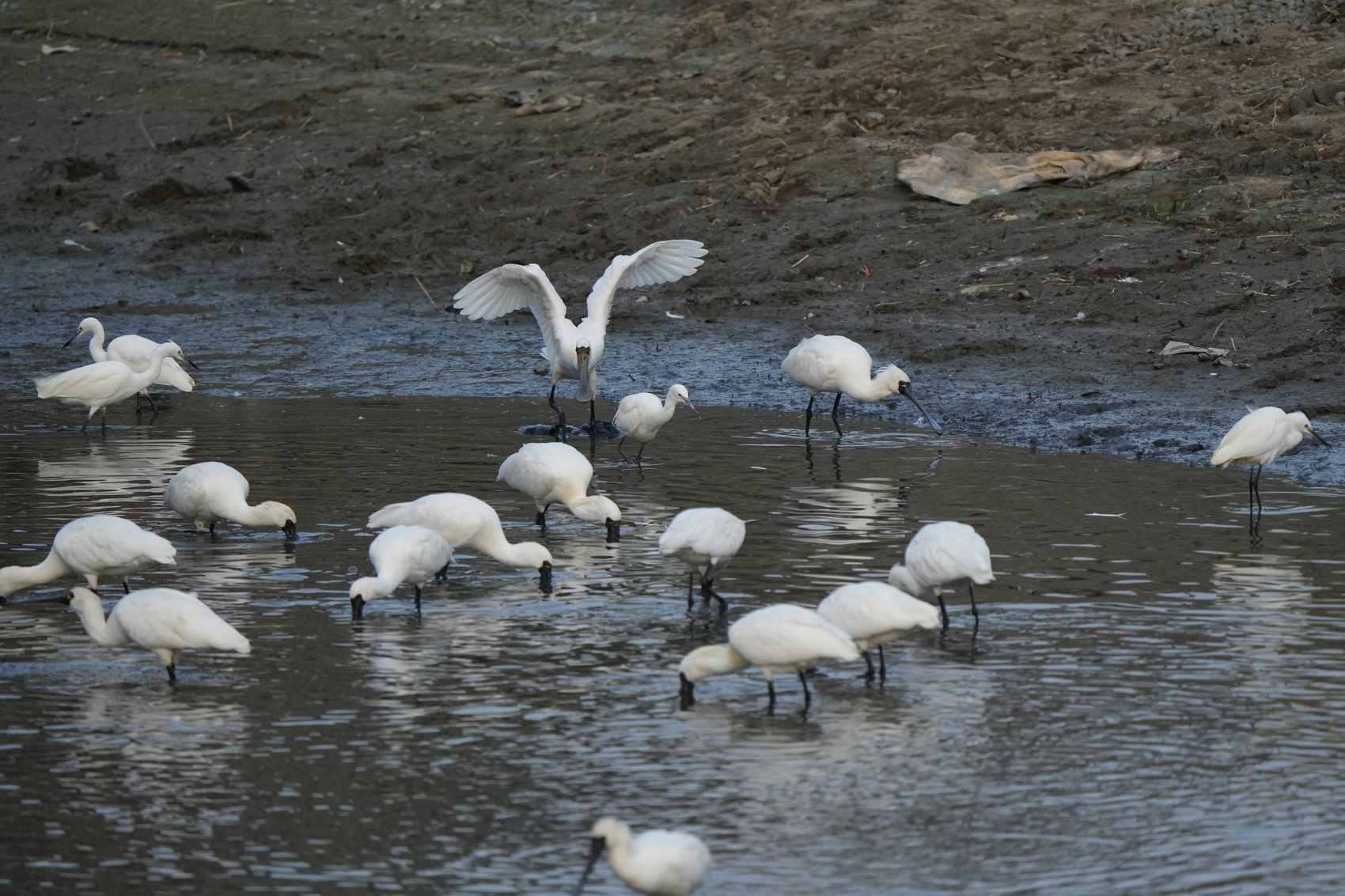


The proposed San Tin Technopole, which covers 627 hectares, including some 300 hectares for tech purposes and more than 50,000 homes. Adjacent to the mainland Chinese metropolis of Shenzhen, the area is also supposed to create synergy with the city across the border.
According to the government, the reclamation of land will begin as early as the fourth quarter of 2024.
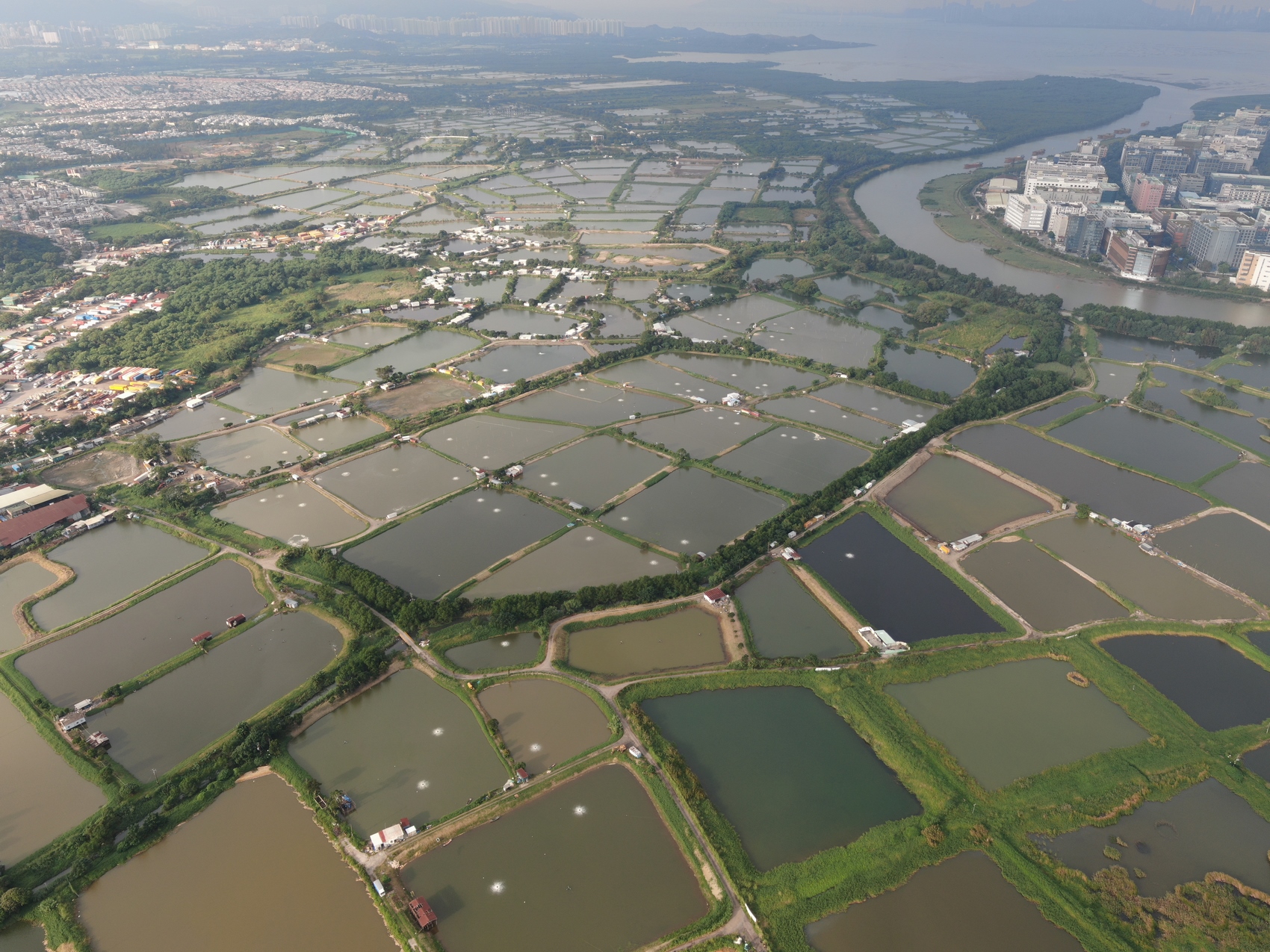
When the concept was first raised, it covered a development area of 175 hectares and no wetland.
It was not until May 2023 that authorities revealed the tech hub had been enlarged to over 600 hectares, resulting in the damage of 248 hectares of wetland conservation area and buffer zones.
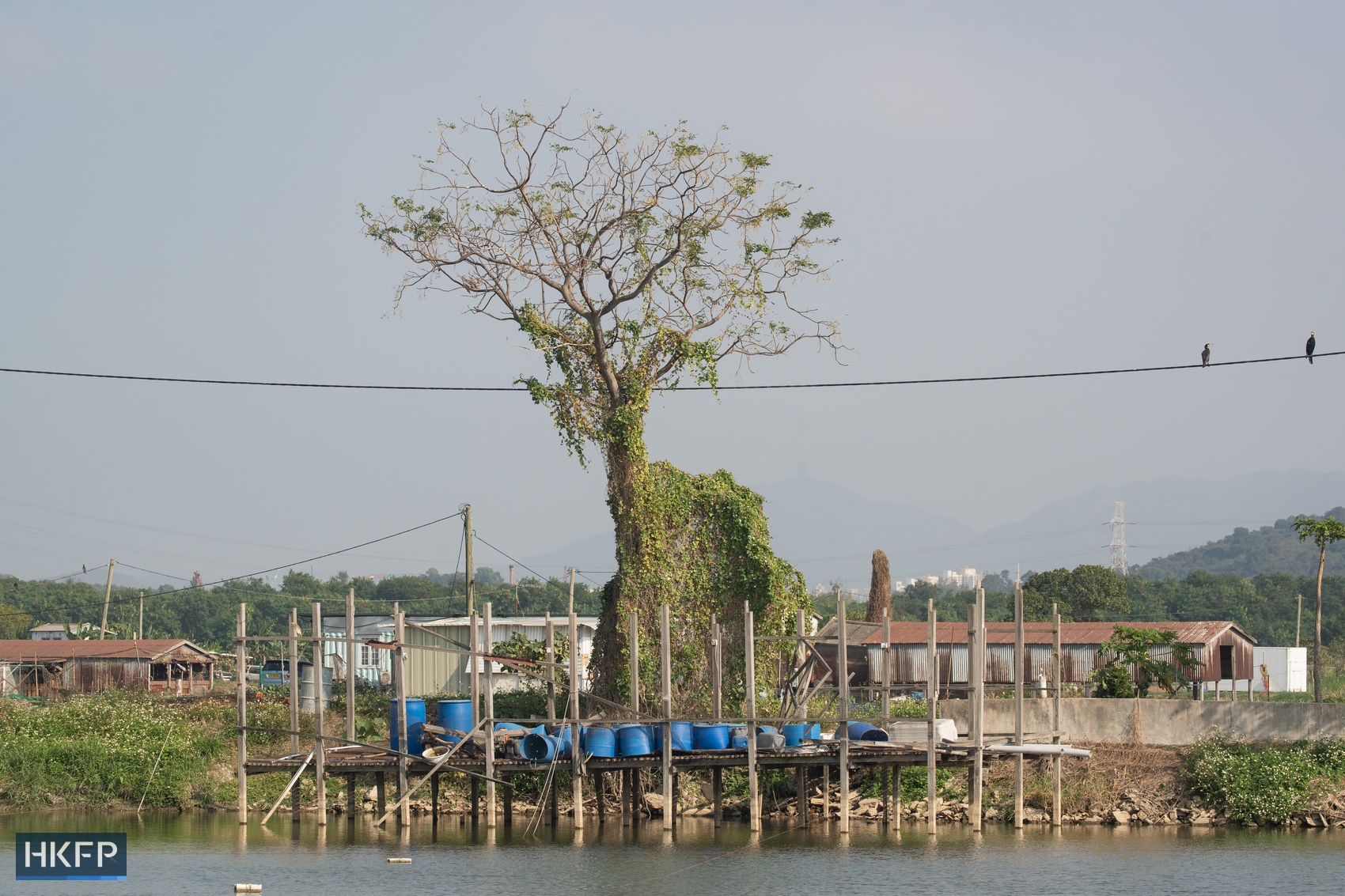
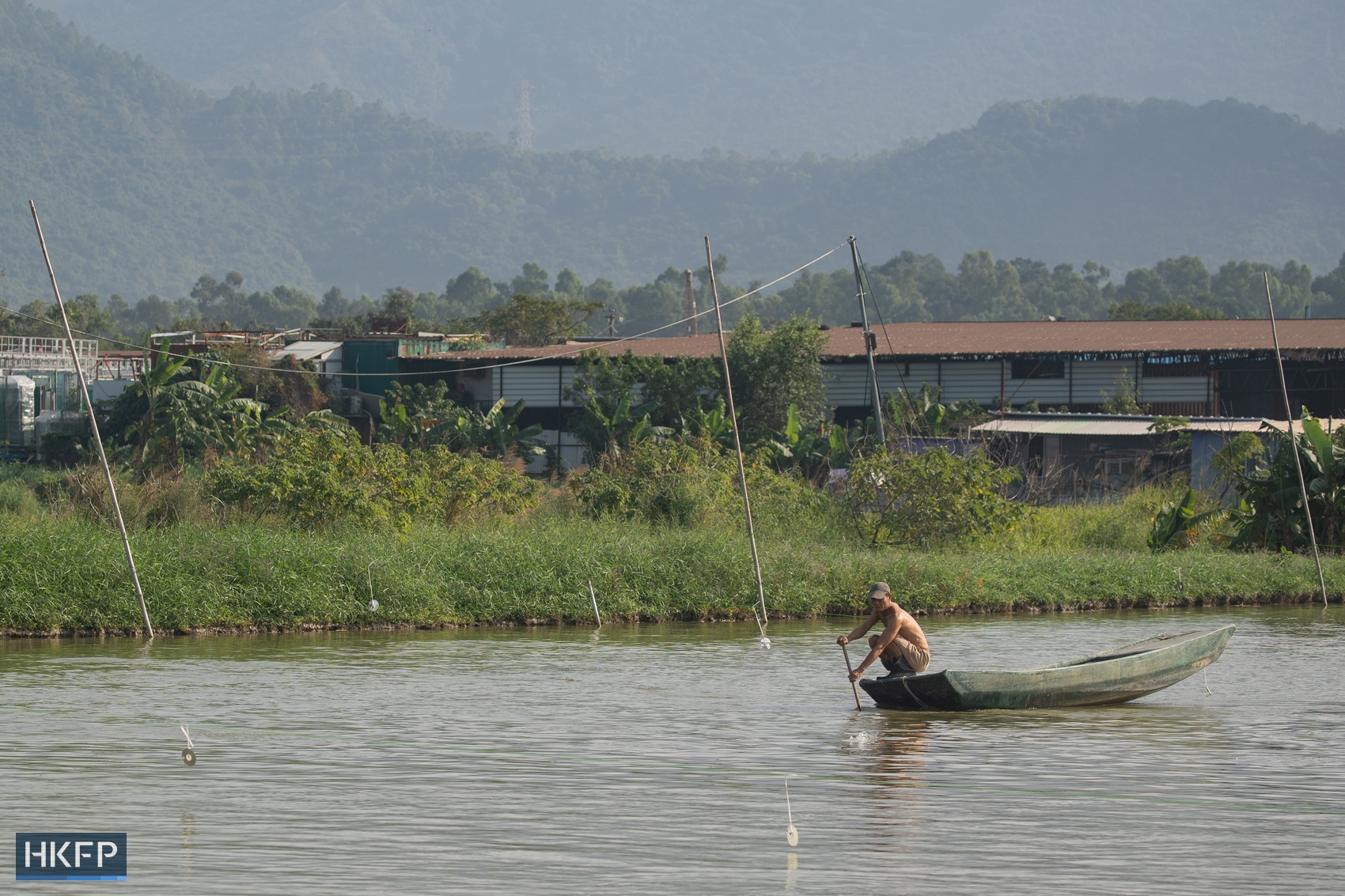
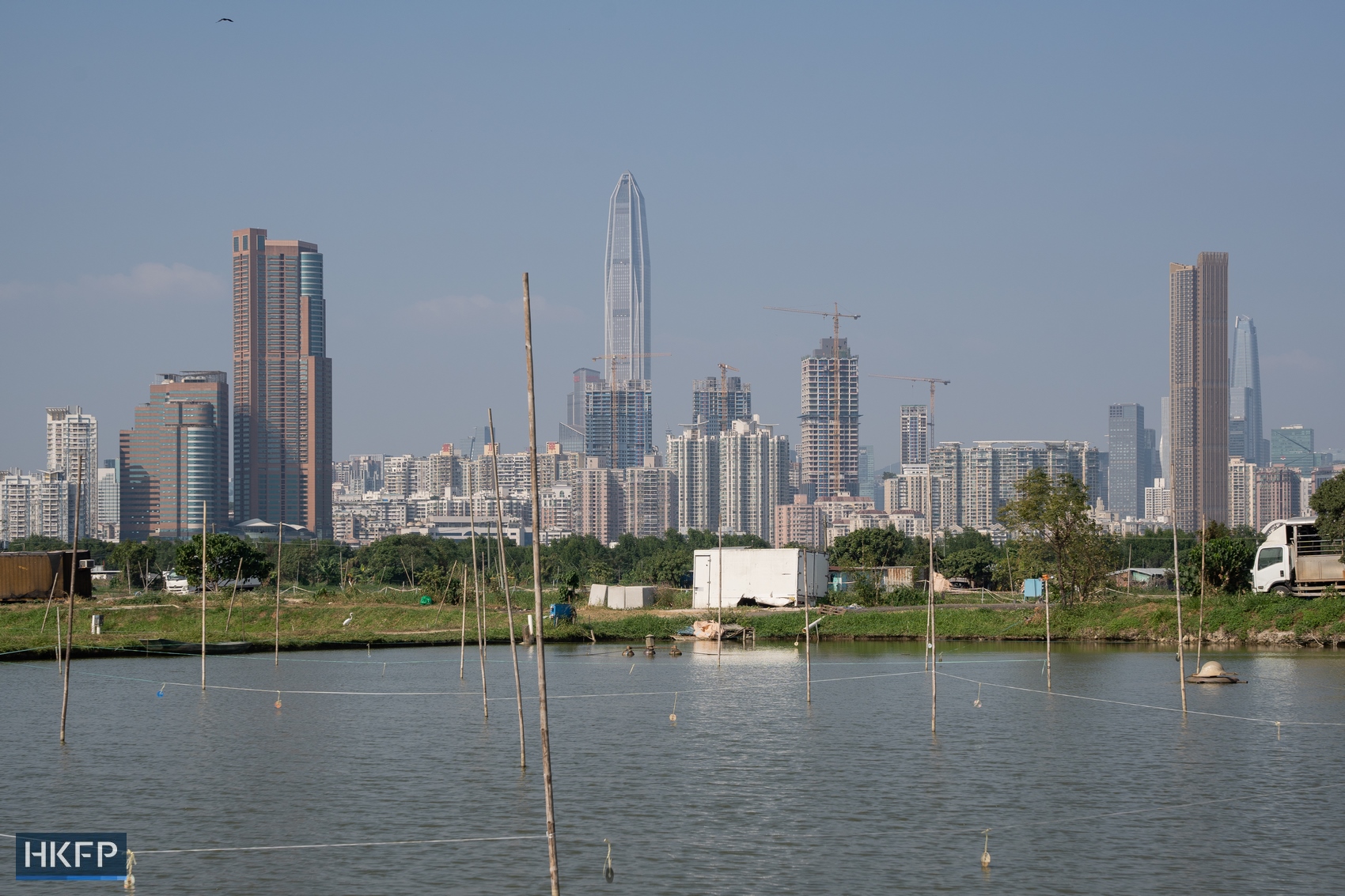
According to HKBWS records, those wetlands, which exist as fishponds, grassland and peatland, are home to 205 bird species, including 19 that are globally endangered, such as the black-faced spoonbills.
Animals protected on a national level have also been seen there, including the Eastern imperial eagle, the greater spotted eagle and Cinereous vulture.


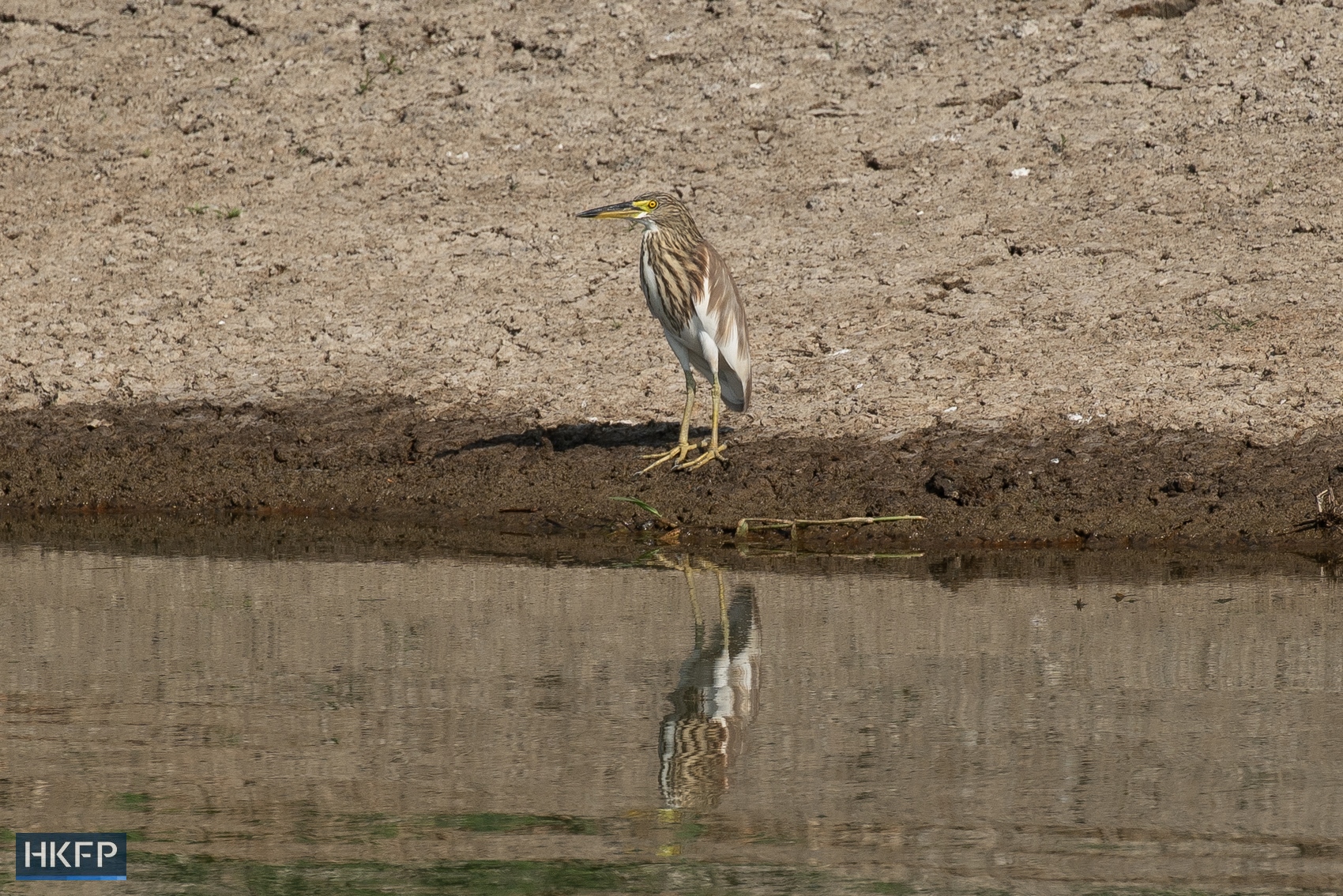
According to a study by the Kadoorie Farm and Botanic Garden the World Wide Fund for Nature (WWF), there are at least seven Eurasian otters in Hong Kong. The endangered species lives in wetlands in the northwest side of Hong Kong, which includes San Tin.
“This development neglects not only ecology, but also the fishpond operators who have been managing the San Tin fishponds for the past half century,” Yu Yat-Tung, director of HKBWS, said during a media tour of the Sin Tin wetlands last Tuesday.
Lam Chiu-Ying, former director of the Hong Kong Observatory and honorary president of HKBWS, said during the tour that the proposed development plan contradicted China’s policy of “ecological civilization” and “high-quality development.”
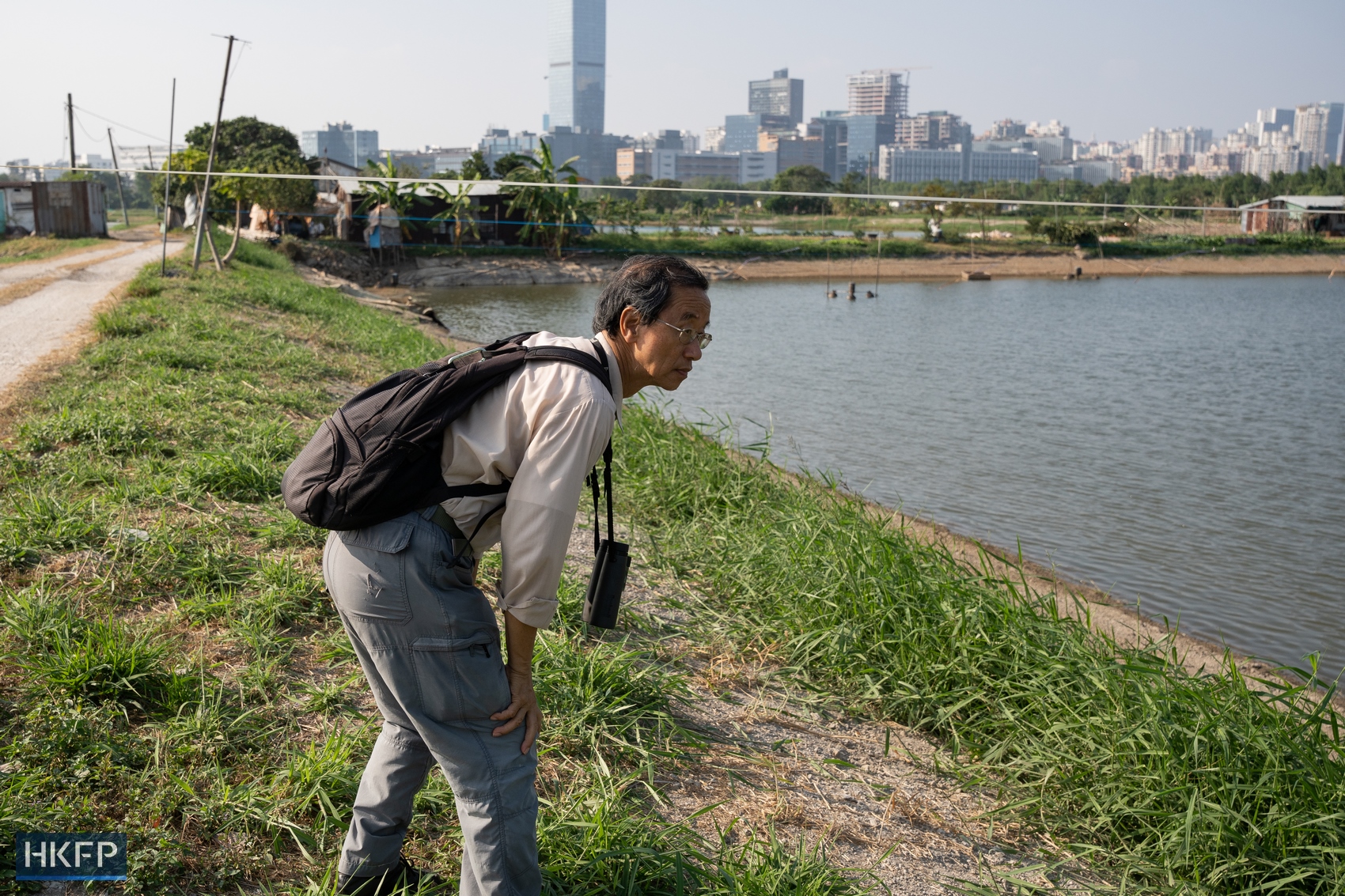

Lam told reporters that the government’s plan would expose Hong Kong to higher risks of multiple flooding incidents in the future, as wetlands worked as natural reservoirs, reserving waters during flooding.

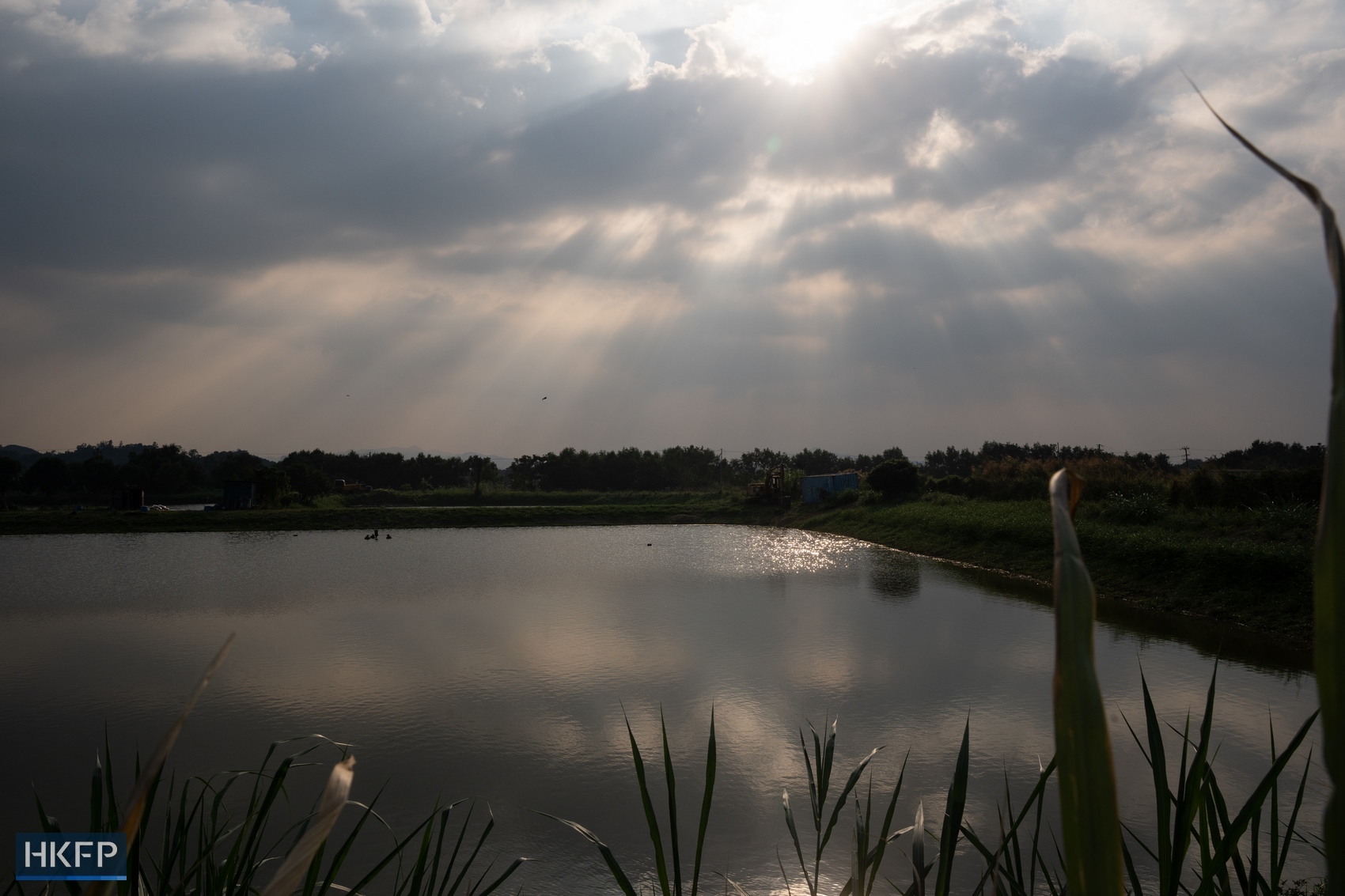
In June, nine environmental concern groups issued a joint statement condemning the authorities’ plan for Sin Tin, saying it would damage the vast wetlands. The groups include HKBWS, WWF, Greenpeace, Green Power, the Conservancy Association, Green Earth, Greeners Action, Green Sense, and Designing Hong Kong.
They also criticised the government for not submitting the updated the project profile of the San Tin development plan to the Environmental Protection Department when it applied for an environmental impact assessment in May 2021.
The government launched a public consultation on the San Tin Technopole in June. The consultation lasted for two months. There was no public forum for debate, only exhibitions in Hong Kong and Shenzhen.
Additional reporting: Irene Chan
Corrections:
19/12/2023 at 18.15pm: A photo caption in this article that misidentified San Tin as Shenzhen has been corrected. We regret the error.
Support HKFP | Policies & Ethics | Error/typo? | Contact Us | Newsletter | Transparency & Annual Report | Apps
Help safeguard press freedom & keep HKFP free for all readers by supporting our team

LATEST FROM HKFP
HKFP has an impartial stance, transparent funding, and balanced coverage guided by an Ethics Code and Corrections Policy.
Support press freedom & help us surpass 1,000 monthly Patrons: 100% independent, governed by an ethics code & not-for-profit.






